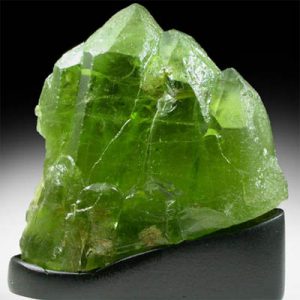Forsterite
Forsterite is an uncommon user of the Olivine Group that includes Dunilite, Fayalite, Forsterite and Peridot although Peridot is not recognized as a mineral that is separate. Fayalite and Forsterite are simply known as Olivine. Fayalite is the iron-rich person in the series and Forsterite may be the magnesium user that is rich. Due to the iron content, Fayalite features a higher index of refraction, is heavier, and usually has a darker color. Otherwise, they have been hard to tell apart and virtually all specimens of the two minerals contain both magnesium and iron. The color that is best of Peridot has an iron content less than 15% and includes traces of nickel and chromium.
The gem selection of Forsterite is usually known as the bright green Peridot. But a discover that is recent of Forsterite in Mogok, Myanmar (Burma) has seemingly brought a new variety of gemstone towards the market. Colorless Forsterite gems had been virtually unheard of prior to this find.
Forsterite can also be present in many meteorites that are iron-nickel large crystals. Thinly cut and polished pieces among these meteorites are extremely attractive with the steel that is bright for the iron contrasted by the gemmy green Forsterite crystals.
There are lots of locations to find green Forsterite however the location that is primary colorless Forsterite is within the Mogok district as well as Pyaung Gaung, Myanmar (Burma).
| Category: | Nesosilicates |
| Formula: | (Mg2SiO4) |
| Magnesium silicate | |
| Crystallography: | Orthorhombic – Dipyramidal |
| Crystal Habit: | As euhedral or subhedral crystals, typically thick, with striations, with wedge-shaped terminations, to 17 cm. Commonly granular or compact massive. |
| Twinning: | On [100], [011], [012] |
| Cleavage: | [010] Perfect; [100] Imperfect |
| Fracture: | Conchoidal |
| Tenacity: | Brittle |
| Hardness (Mohs): | 7.0 |
| Density: | 3.275 (g/cm3) |
| Luminescence: | None |
| Radioactivity: | Not Radioacitve |
| Color: | Colorless, Green, pale Yellow, White |
| Transparency: | Transparent, Translucent |
| Luster: | Vitreous |
| Refractive Index: | 1.635 – 1.670 Biaxial ( + ) |
| Birefringence: | 0.0330 – 0.0420 |
| Dispersion: | r > v or r < v |
| Pleochroism: | Weak; X = colorless, Y = colorless, Z = colorless |


